标签:his ted component 面向对象设计 阅读 生产 run 截图 之间
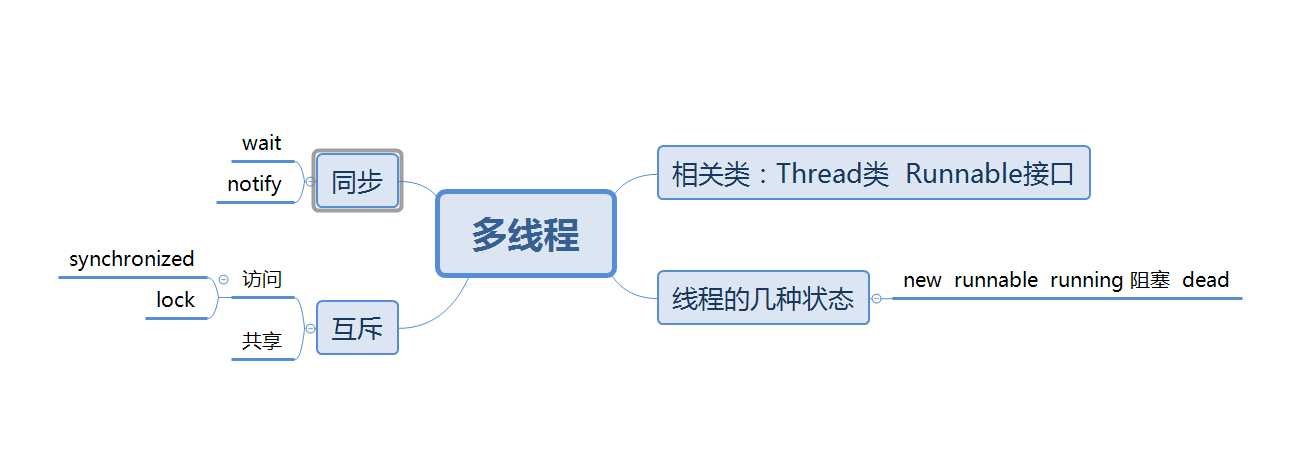
BallRunnable类中的run方法循环调用move函数和repaint函数,来画出小球的移动轨迹。使用了Thread.sleep来使线程休眠。
休眠是为了让我们可以看到小球的移动,不然程序会很快完成,我们没办法观察到小球的移动轨迹。
两件事:
getShape函数是返回小球的坐标。
BallComponent对象是用来添加一个小球,内部的ArrayList用来存放新添加的小球。?程序运行过程中生成了1个BallComponent对象。每个小球是在自己的线程里进行绘制的。
并回答:a)通过定义Runnable接口的实现类来实现多线程程序比通过继承自Thread类实现多线程程序有何好处?b) 6-1,6-3,6-11实验总结。
a:一个类只能继承一个父类,存在局限。而一个类可以实现多个接口,在实现Runnable接口的时候调用Thread的Thread(Runnable run)构造方法创建进程时,使用同一个Runnable实例,建立的多线程的实例变量也是共享的;但是通过继承Thread类是不能用一个实例建立多个线程。
b:
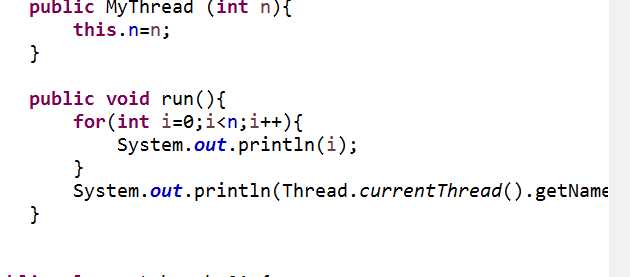
6-3:多线程使用匿名内部类可以继承thread类实现多线程,也可以实现runnable接口,创建多线程并启动。本题还要注意 主线程名是mainThreadName,线程t1的线程名是Thread.currentThread().getName()
6-11 不同于第一题的继承Tread类,本题我采用了实现Runnable接口的方法。runf方法与第一题一样。
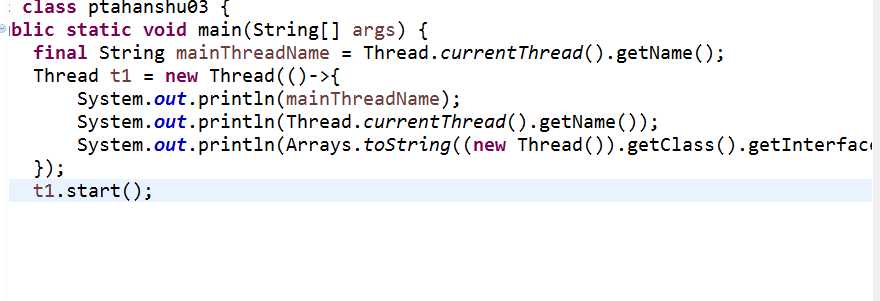
在java中有以下3种方法可以终止正在运行的线程:
使用退出标志,使线程正常退出,也就是当run方法完成后线程终止。
使用stop方法强行终止,但是不推荐这个方法,因为stop和suspend及resume一样都是过期作废的方法。
使用interrupt方法中断线程。
//201621123032
//王彩云
class Counter {
private static int id = 0;
public static synchronized void addId() {
id++;
}
public static synchronized void subtractId() {
id--;
}
public static int getId() {
return id;
}运行结果:
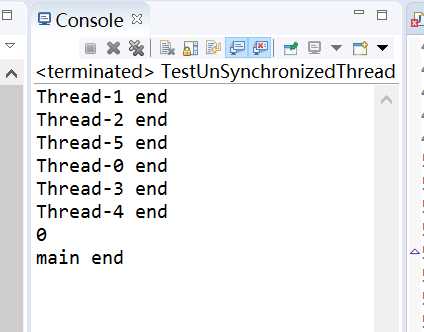
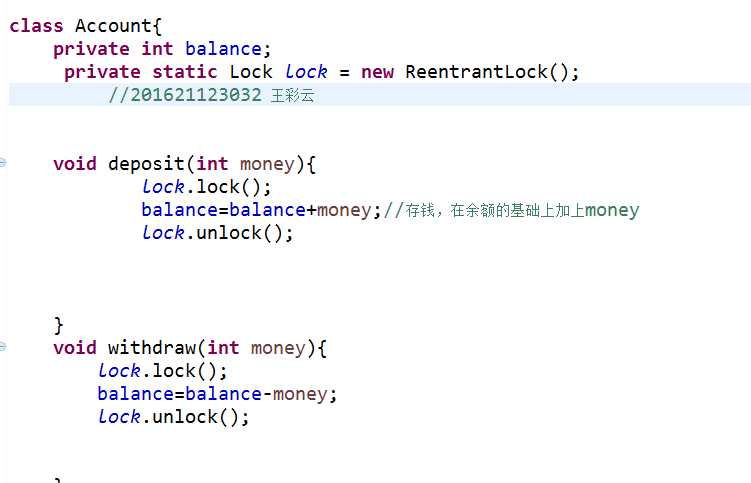
同步代码块是在方法内部加锁,,同步方法直接在方法上加synchronized实现加锁,同步方法锁的范围比较大,而同步代码块范围要小点,一般同步的范围越大,性能就越差。
java中的每个对象都有一个锁,当访问某个对象的synchronized方法时,表示将该对象上锁,此时其他任何线程都无法在去访问该syncronized 方法了,直到之前的那个线程执行方法完毕后,其他线程才有可能去访问该synchronized方法。
class test implements Runnable{
public int a;
public void run() {
synchronized(this) {
a++;
try {
System.out.println("当前线程---"+Thread.currentThread().getName()+"---a--"+a);
Thread.sleep(5000);
}catch (InterruptedException e) {
e.printStackTrace();
}
}
}
}
public class boketest {
public static void main(String[] args) {
test sc=new test();
test sc1=new test();
Thread th1=new Thread(sc);
Thread th2=new Thread(sc);
th1.start();
th2.start();
}运行结果: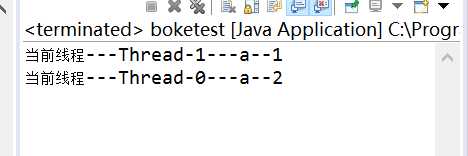
第二行结果是间隔5秒才打印的,由于synchronzied实现了互斥,且只有sc这个对象锁,所以当第一个线程锁住了sc,而第二个线程里面也是通过sc去访问run()方法,所以必须等第一个线程执行完对象的方法时才能获得对象锁。因此必须隔5秒钟才能执行第二个线程
使用wait ()、notify()、notifyAll()关键字实现线程之间的通信,进而实现线程的协同工作。
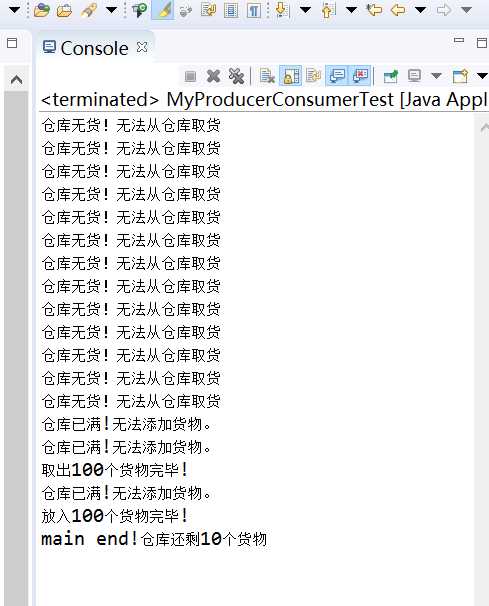
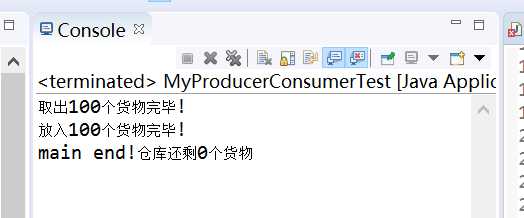
不正常。运行结果有时候仓库剩下的货物为非0个。这是因为线程之间没有合作,出现供需不一致的情况。
代码修改:
//201621123032
//王彩云
public synchronized void add(String t) {
if (repo.size() == capacity) {
try {
wait();
}catch(InterruptedException e) {
e.printStackTrace();
}
}
if (repo.size() >= capacity) {
System.out.println("仓库已满!无法添加货物。");
} else {
repo.add(t);
}
notify();
}
public synchronized void remove() {
if (repo.size() == 0)
try {
wait();
}catch(InterruptedException e) {
e.printStackTrace();
}
if (repo.size() <= 0) {
System.out.println("仓库无货!无法从仓库取货");
} else {
repo.remove(0);
}
notify();
}运行结果:
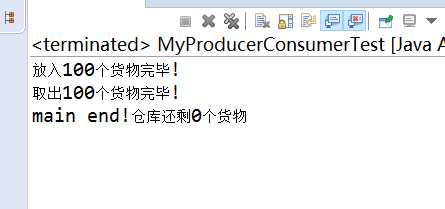


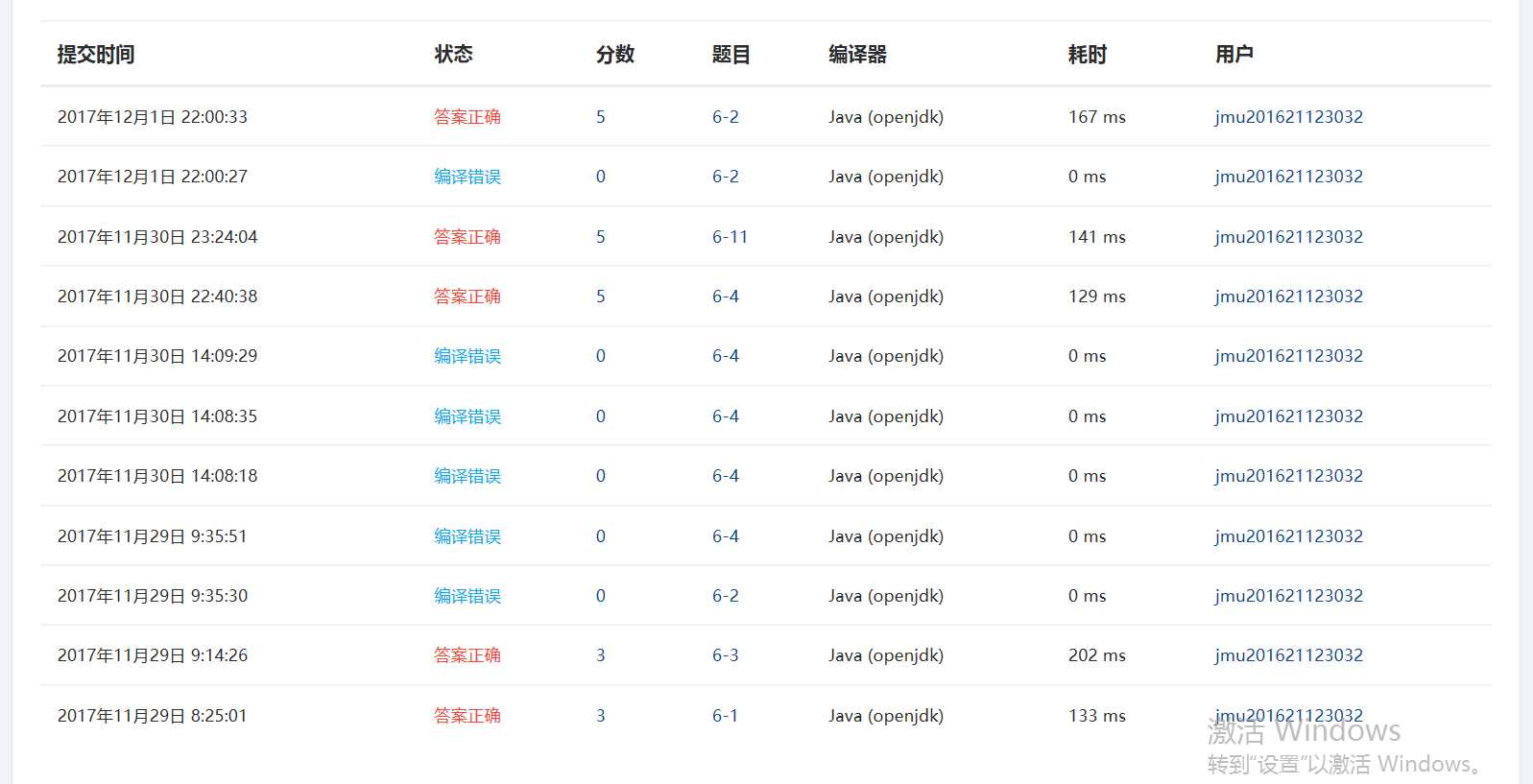
| 周次 | 总代码量 | 新增加代码量 | 总文件夹 | 新增加文件夹 |
|---|---|---|---|---|
| 1 | 114 | 114 | 11 | 11 |
| 2 | 520 | 406 | 16 | 6 |
| 3 | 1089 | 569 | 22 | 6 |
| 5 | 1425 | 336 | 29 | 7 |
| 6 | 1819 | 394 | 31 | 2 |
| 7 | 2987 | 1168 | 54 | 23 |
| 8 | 5437 | 2450 | 79 | 25 |
| 9 | 5695 | 258 | 84 | 5 |
| 10 | 6680 | 985 | 102 | 18 |
| 11 | 6935 | 255 | 111 | 9 |
| 12 | 7401 | 466 | 123 | 12 |

学号:201621123032 《Java程序设计》第11周学习总结
标签:his ted component 面向对象设计 阅读 生产 run 截图 之间
原文地址:http://www.cnblogs.com/862139498wcy/p/7923226.html